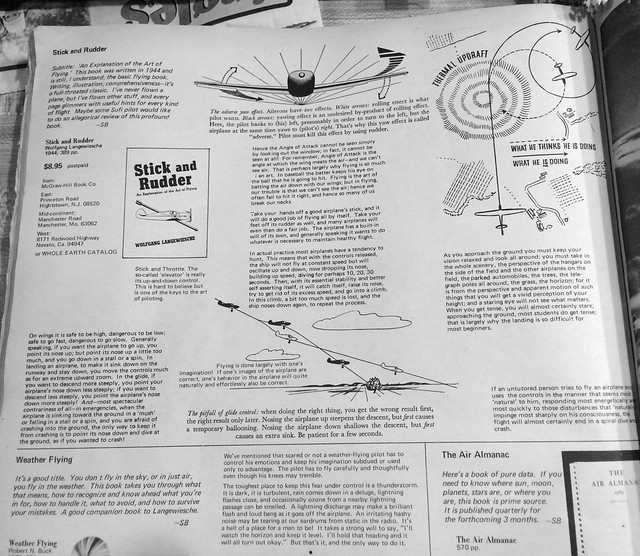FloridaPilot
Pattern Altitude
Hello,
I read Stick and Rudder a while ago and I'm picking it up a second time. I love the book and when I start reading it I can't put it down. If you haven't read it I would suggest you pick up a copy, really cheap, (Something like 6 bucks). If you have read the book what was your favorite part of the book, would you like to elaborate...Thanks!!
My favorite is "The Airplanes Gaits" Chapter 2, (Especially 35-40)
Whats yours?
I read Stick and Rudder a while ago and I'm picking it up a second time. I love the book and when I start reading it I can't put it down. If you haven't read it I would suggest you pick up a copy, really cheap, (Something like 6 bucks). If you have read the book what was your favorite part of the book, would you like to elaborate...Thanks!!
My favorite is "The Airplanes Gaits" Chapter 2, (Especially 35-40)
Whats yours?

